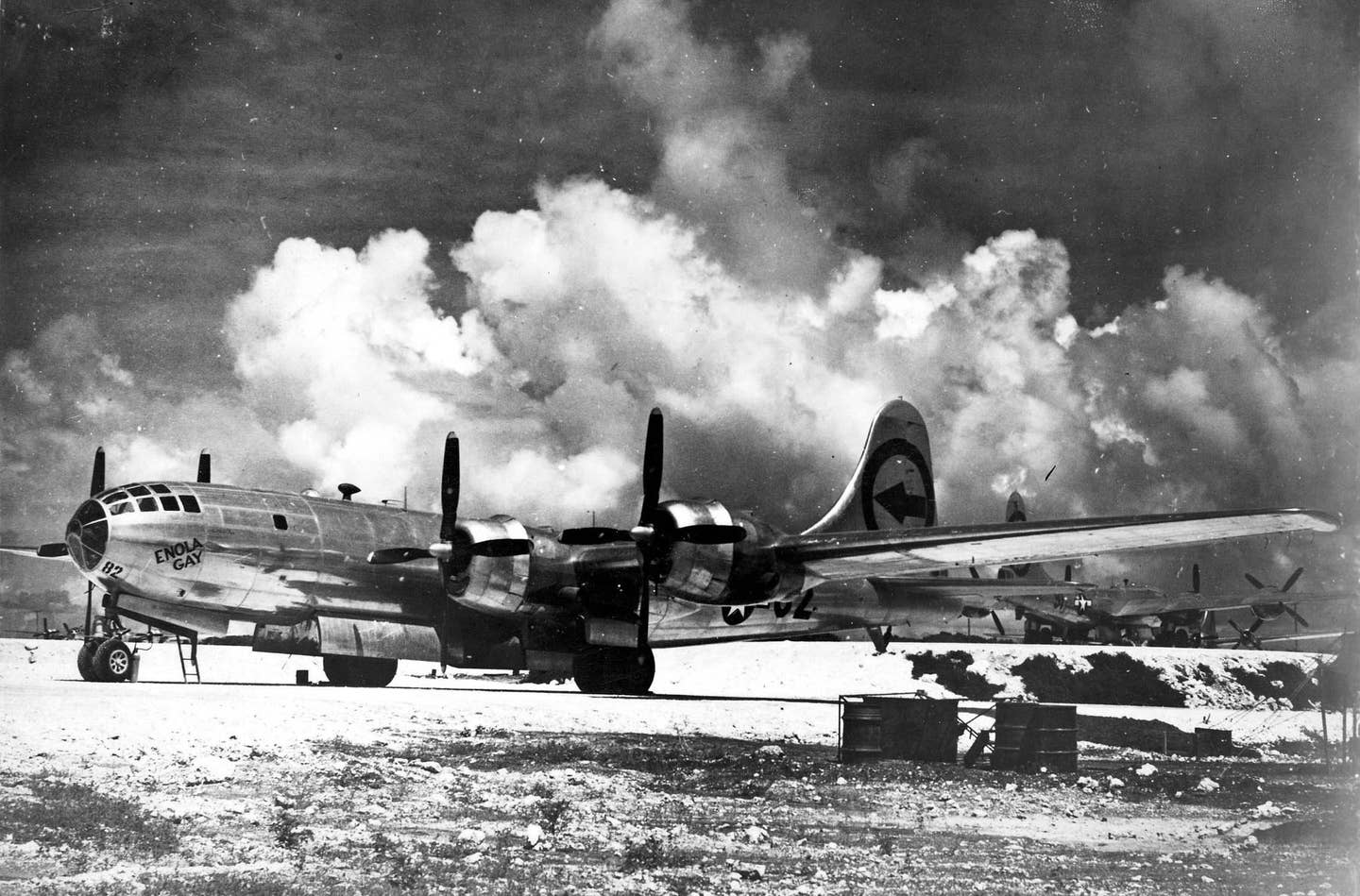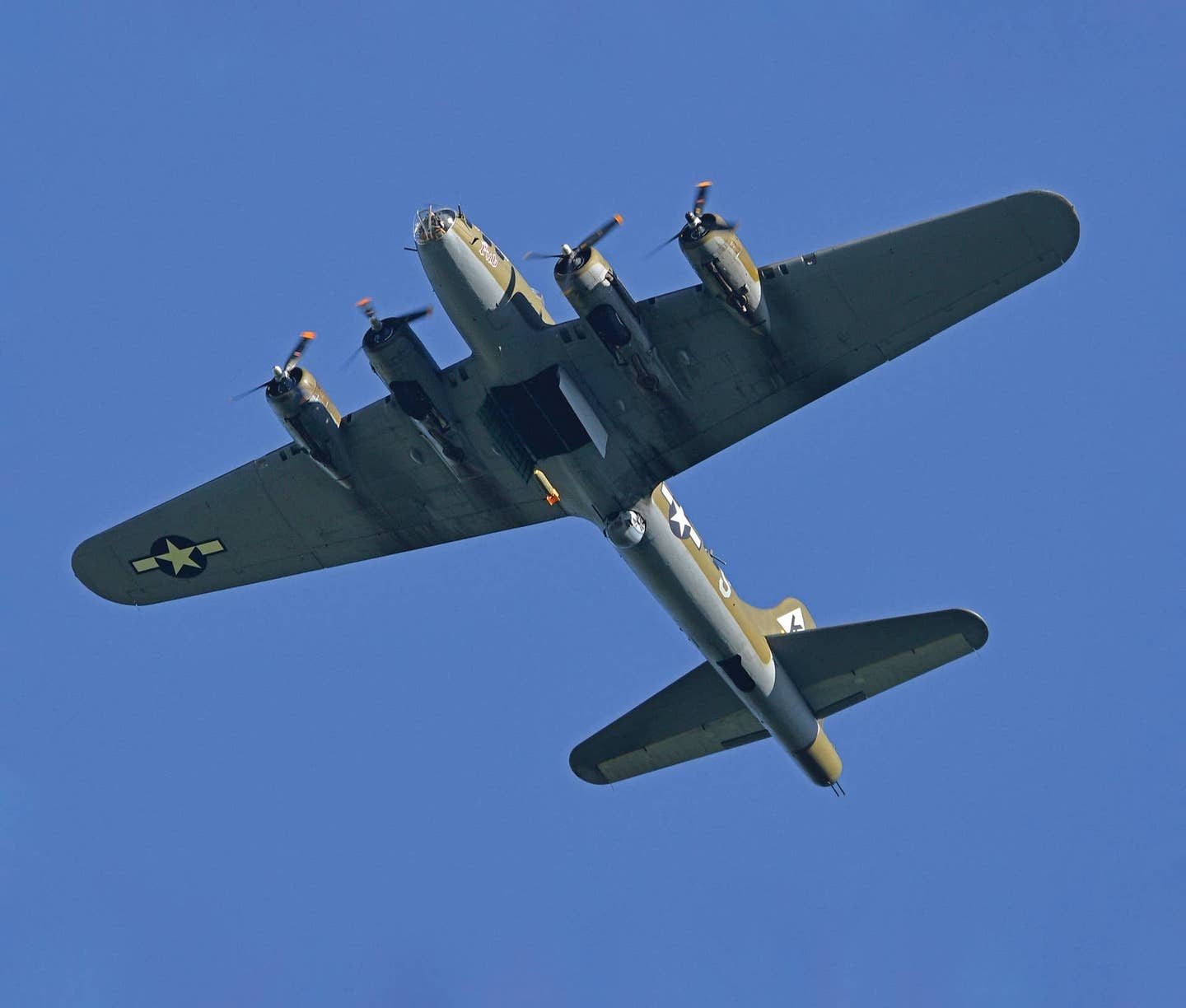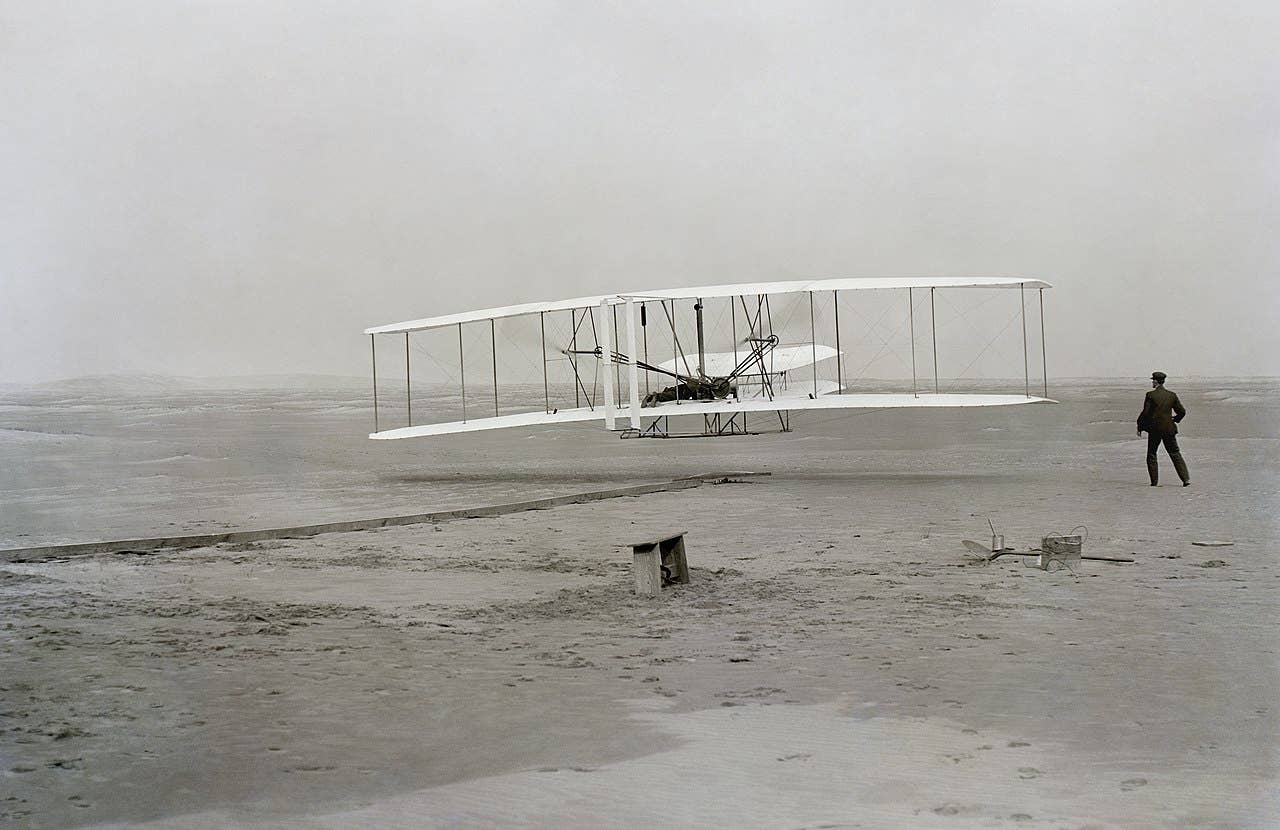Celebrating 120 Years of Aviation
In the 120 years since the Wright brothers’ first flight, there have been many milestones in aviation.

Wilbur Wright in flight in 1909. [Library of Congress]
It is said that “necessity is the mother of invention,” and in aviation the needs are practicality, speed, distance, and safety. In the 120 years since the Wright brothers’ first flight, there have been many milestones—too many to list here, in fact. So we're just going to mention a few that stood out from the rest in the following timeline:
1903
On December 17, Wilbur and Orville Wright achieve powered flight. They make a total of four flights that day in Kitty Hawk, North Carolina. Orville is at the controls for the first flight that lasts 12 seconds and marks the beginning of powered, heavier-than-air flight.
The Wright Flyer is little more than a curiosity at this point. As the decade continues, the Wrights continue to tinker with the design. With the Wright Flyer II and Wright Flyer III, the brothers work to make the aircraft more practical, meaning controllable and stable.
This is achieved in the Wright Flyer III, which manages to fly for 24 minutes with Wilbur at the controls at Huffman Prairie outside of Dayton, Ohio. He is able to bring the aircraft back to the starting point safely and land without damage.
1913
Within 10 years of the Wrights’ achievement, the airplane is being utilized by many nations for military operations. The British Navy experiments with what will become known as aircraft carrier operation, and the United States Army makes the 1st Aero Squadron into its first official aviation squadron.
The airplane will be used in combat for the first time a few years later in World War I.
1923
It's been 20 years since the Wrights first flew, and the airplane has evolved from a curiosity to a weapon of war as air combat was developed during WWI. With the cessation of hostilities, the airplanes are declared surplus and sold to civilians. Many are snapped up by barnstormers, pilots who fly across America landing in farmers' fields and offering rides for a price. Around the world, air circuses with stunt pilots and aviation meets (think NASCAR with wings) are held at fairgrounds, giving many people their first real-world look at an airplane.
It is a decade of new designs and record-setting flights. In May 1927, a 25-year-old named Charlies Lindbergh becomes the first to successfully fly solo across the Atlantic. Lindbergh's achievement spurs an interest in global aviation and air commerce, specifically airmail. He became a champion of aviation, and the growth in the industry was referred to as "the Lindbergh Boom."
1933
In February, the U.S. Navy launches the USS Ranger (CV-4), the first ship designed specifically to be an aircraft carrier.
Record-setting flights become a thing as pilots feel the need for speed. Frank Hawks flies the Northrop Gamma Texaco Sky Chief from Los Angeles to Brooklyn, New York, in 13 hours, 26 minutes, and 15 seconds, setting a new west-to-east speed record. Hawks’ average speed on the trip is 181 mph.
In July, Wiley Post in a Lockheed Vega makes the first solo flight around the world, starting at Floyd Bennett Field in New York with stops in Berlin, Moscow, Irkutsk, Russia, and Alaska. Post’s journey covers a total distance of 15,586 miles.
On December 17, 1935, on the 32nd anniversary of the Wrights’ first powered flight, the Douglas DC-3 takes to the skies. This hearty, versatile bird is still used in both commercial operations and airshow demonstrations around the world.
- READ MORE: First Flights
1943
WWII arrives, and once again airplanes are weaponized. But instead of being made from fabric and spruce, they are made primarily from aluminum. Aviation technology grows by leaps and bounds in all areas, including aircraft construction and navigation in hopes of ending the war more quickly.
The Navy begins development of the helicopter as a platform for anti-submarine patrol, which was being done by blimps on the West Coast.
1953
On the 50th anniversary of the Wrights’ first flight, the first meeting of the Experimental Aircraft Association (EAA) takes place in Milwaukee at Curtiss-Wright Field.
With the war over, commercial aviation grew. Aircraft formerly used to transport soldiers and war goods are repurposed to transport businessmen and vacationers.
The British introduce the de Havilland Comet as the world's first jet airliner.
Aviation records are being set again. Aviatrix Jacqueline Cochran, who created the Women Airforce Service Pilots (WASP) in WWII, becomes the first woman to break the sound barrier, reaching over 760 mph in steep dives in a F-86 Sabre.
1963
President John F. Kennedy announces at the U.S. Air Force Academy that the government will team up with private industry to develop a commercially viable supersonic aircraft. The British and French are working on the Concorde, and the Soviet Union is working on the Tupolev Tu-144. Boeing begins its SST project in response.
1973
The Vietnam War begins to wind down as a cease-fire agreement is entered. The U.S. has had an aviation military presence in the region since 1962, using both fixed wings and helicopters.
In June, Bonnie Tiburzi becomes the first woman to earn her wings as a pilot, at American Airlines, though Emily Howell Warner was hired earlier, in January, by Frontier Airlines. Citing her as an example, little girls already bitten by the aviation bug start asking for the junior pilot wings instead of the junior stewardess wings during airline trips with the family.
1983
Just 80 years after the technical marvel at Kitty Hawk, America's reusable space vehicle, the space shuttle Challenger glides to a landing at Edwards Air Force Base in California. Aboard it, astronaut Sally Ride returns after being the first American woman in space. The Challenger will be lost during launch in 1986, taking the lives of all seven astronauts, including Christa McAuliffe, who would have been the first teacher in space.
1993
The skies are getting more crowded, and there are some growing pains. In December an accident involving a chartered business jet upset by the wake turbulence from a Boeing 757 has both the National Transportation Safety Board (NTSB) and the FAA taking a closer look at what is considered adequate distance between heavy aircraft and following light aircraft, hoping to eliminate more wake turbulence accidents. This evolves into more education for pilots on the dangers of wake turbulence and how to avoid it.
2003
Cirrus Design Corp. delivers the first glass cockpit aircraft to the training world in its SR20 and SR22 models. Within 10 years, glass panels will be the overwhelming choice of the larger flight schools in the U.S. In 2006 Cessna reports that most of the Cessna 172s it is building that year will have G1000s in them. Cirrus also has installed its Cirrus Airframe Parachute System (CAPS) into both models, another safety milestone for new Part 23 aircraft.
Tragedy strikes in February when the space shuttle Columbia disintegrates on reentry after 16 days in space. All seven astronauts are killed.
On December 17, the 100th anniversary of the Wright brothers means a jubilee celebration, and the aviation world is focused on Kill Devil Hills to watch the reenactment of the first flight by a reproduction aircraft built by The Wright Brothers Experience, founded by Ken Hyde. Unfortunately, the weather does not cooperate, and the famous flyer does not lift off as expected.
2013
In February, American Airlines and US Airways merge, creating the world's largest airline, with 900 planes, 3,200 daily flights, and 95,000 employees.
Boeing makes the first of two test flights with its 787 Dreamliner, hoping to show the traveling public it has solved an earlier issue involving lithium-ion battery system overheating. The aircraft departs from the Boeing facility at Snohomish County Airport-Paine Field in the morning. Local flight schools with television watch the event, while general aviation pilots take to the sky, hoping for a glimpse of magnificent machines. The aircraft flies down the coast of Washington and halfway down the coast of Oregon before returning to base without incident.

Sign-up for newsletters & special offers!
Get the latest FLYING stories & special offers delivered directly to your inbox






